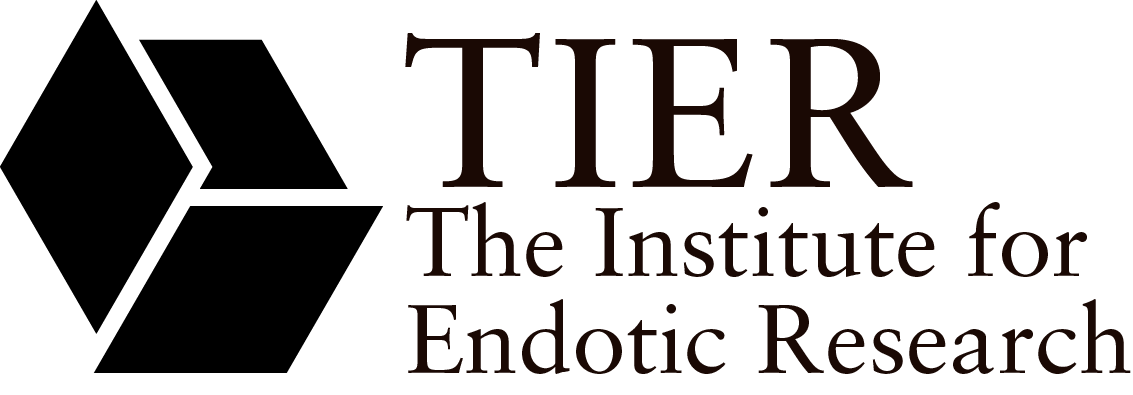Exploring the Endotic
This workshop was developeded based on two elements. The first one is an exploration of the findings of the group Oulipo, relating specifically to the endotic—a term coined by one of its members, George Perec, described in his book ‘The Infraordinary’. Contrary to the exotic, the endotic is a very subtle but powerful tool to generate a situated practice from. It is subtle because it looks to the imperceptible of the everyday life, to the visible but hidden details of the space and gestures of the bodies around us. It rescues the astonishment from the forgotten and obvious, trapped by its naturalization. The endotic is a powerful tool because it leads us to read and listen to our surroundings, always looking from unexplored stances. From this immanent display, the very local traces a priceless threshold from where to approach the complex global.
The second element we worked with in this workshop is microhistory. This methodological branch of history changed the scale and direction of the historical devices to instead look at smaller events and to listen to the relevance of the unwritten voices of dismissed subjects from hegemonic history. In terms of methodology, our first platform will be to generate a common ground shared by the participants of the workshop. In order to generate this shared territory, the structure was organized as follows: in the first week, we had an introductory session about the whole project, bringing together the aforementioned concepts with examples from different cultural practitioners. Following the introduction the workshop continued with a collective reading and discussion of a proposed bibliographical selection. The subjects introduced in the bibliography/filmography were: microhistory applied to cultural practice; conflict, care and affect in the conception of space; blurring of roles of cultural agents and of the functions of the spaces; host/guest methodologies; spatial storytelling and narrative machines; putting the body into the discussion; somatheque and übermateriality; becoming and “ambientation”; and rethinking the space through experience and time.
During those days of collective discussion, the schedule was divided between collective reading and presentations of previous and current work of the participants. The work was introduced as “micro-exhibitions” or short presentations followed by conversations about them. Both these activities were focused on generating a commonground from which to rethink together the space of the workshop itself. The main output was about to negotiate how we can produce a space and what kind of possible models can we think about: a “living-room” as a liminal model where we bring together art pieces, time-based proposals, architecture, furniture design, food preparation, or just conversations.










